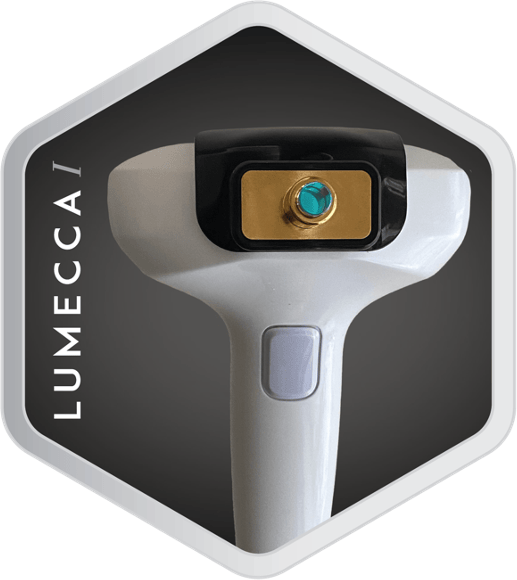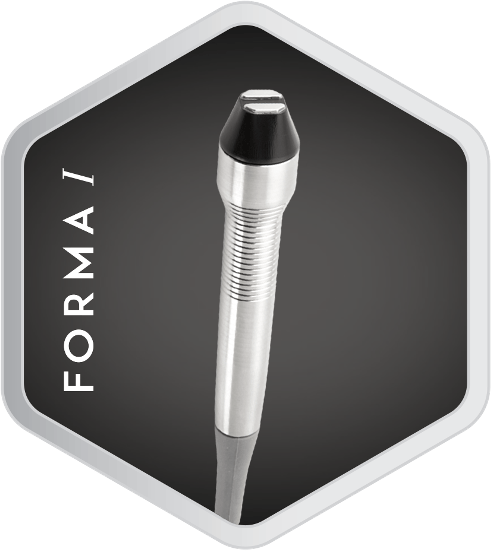Menu
Dry eye disease is a complex, multifactorial condition affecting the ocular surface. Dry eye management may include the use of artificial tears, lid hygiene, heat therapy, prescription eye drops and lifestyle changes. Your optometrist will work with you to determine the underlying cause of your dry eyes and create a personalized management plan to relieve your symptoms and improve your eye health.
Symptoms of Dry Eye Syndrome include red, gritty and irritated eyes that may water, itch or burn. If this sounds familiar to you, you may be suffering from Meibomian Gland Dysfunction (MGD). MGD is the most common type of dry eye and occurs when your Meibomian glands that produce oil get blocked or the oil is too thick or of poor quality—leading to tears evaporating quickly and drying out your eyes. If left untreated, MGD can result in decreased Meibomian gland function. Therefore, the goal of treatment is to unblock the Meibomian glands, ultimately helping to restore healthy tear film.
We’re excited to add innovative dry eye treatment technology to our line-up: Lumecca-I Intense Pulsed Light and Forma-I Radiofrequency by InMode.
These technologies were originally developed and used in dermatology and aesthetics. They have been well-studied in recent years for the treatment of dry eye disease. InMode’s devices have been an industry leader for many years.
The Inmode Forma-I and Lumecca-I are energy-based dry eye treatment systems focused on treating dry eye syndrome. The treatments are quick, safe, and carefully tailored to your specific eye needs. Non invasive treatment means no annoying medication or prolonged recovery times.


Intense pulsed light (IPL) has been FDA-approved for more than 25 years to safely treat rosacea and remove superficial skin lesions such as age spots, vascular lesions, freckles, and sun damage in dermatology and aesthetics. Broad spectrum light emitted by IPL is absorbed by the melanin (pigment cells) in skin and hemoglobin in blood vessels which decreases inflammation and removes pigment. IPL helps treat dry eye disease by decreasing inflammation from over-active blood vessels and unclogging the meibomian glands with light energy. The device also helps treat demodex and blepharitis by eradicating the mites and bacteria which cause these conditions.
Radio Frequency (RF) has been safely used in dermatology and aesthetics for over 20 years. RF energy stimulates new collagen formation, giving patients smoother and tighter looking skin. This technology has been more recently used to treat dry eye disease, with InMode receiving a Health Canada license for the Forma-I to address the symptoms of dry eye disease due to Meibomian Gland Dysfunction (MGD). Forma-I is intended for use in the periorbital area and eyelids and relieves inflammation of meibomian glands and eye irritation. The Forma-I RF handpiece has been specifically developed to deliver the energy safely to the upper and lower lids.
Forma-I is an innovative and safe dry eye treatment that uses radiofrequency (RF) energy to deliver a non-invasive heat treatment to the eyes. Radiofrequency has been shown to stimulate the oil glands in the eyelids which improves the quality of the tear film and alleviates dry eye symptoms. The heat further stimulates collagen formation, bringing white blood cells, and stem cells to the skin around your eyes while reducing inflammation.
Forma-I (RF) works by delivering radiofrequency energy to the obstructed Meibomian glands, allowing for free-flowing oil production, and preventing the rapid evaporation of your tears that result in dry eye symptoms. The pressure from the applicator further allows the oils to be expressed. This treatment is ideal for those looking for immediate results as it can be performed as a stand-alone treatment or can be paired with Lumecca-I IPL to further combat dry eye symptoms.
Benefits of Forma-I:
Lumecca uses Intense Pulsed light (IPL) to deliver a comfortable light treatment that has been approved by Health Canada as an effective treatment for dry eye, blepharitis and ocular rosacea. IPL has further been shown to decrease demodex and bacteria around the eyelids.
IPL technology works in the treatment of dry eye by stimulating the facial tissue through controlled light pulses that target blood vessels and pigmented lesions. This results in a significant reduction of inflammatory levels along the eyelid margin. The Lumecca light energy, wavelengths, pulse rate and duration can be adjusted to meet each patient’s severity of dry eye.
Benefits of Lumecca:
Review the following list of contraindications and discuss with your provider whether RF and IPL are suitable treatments for you.